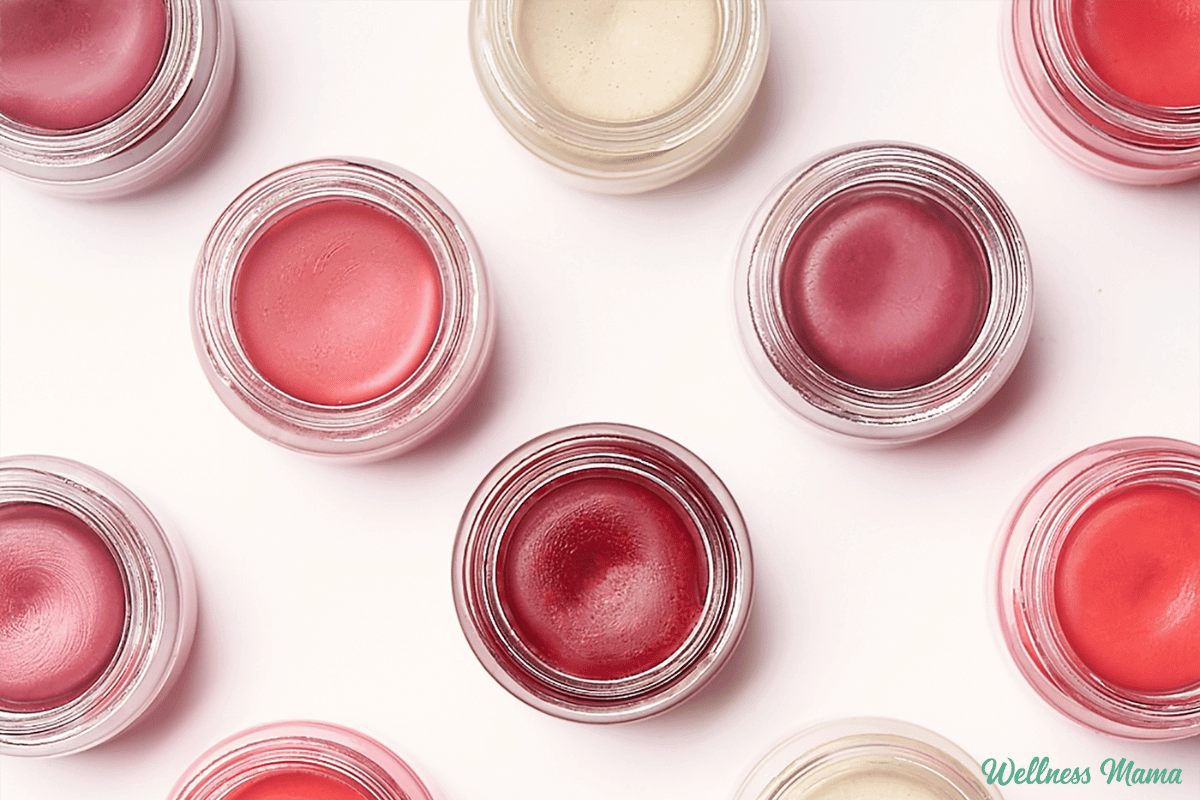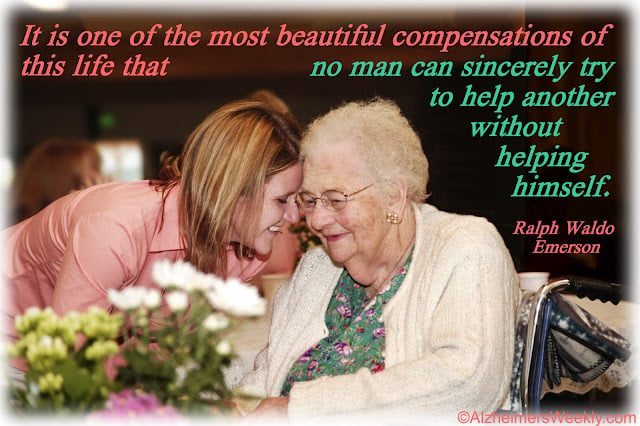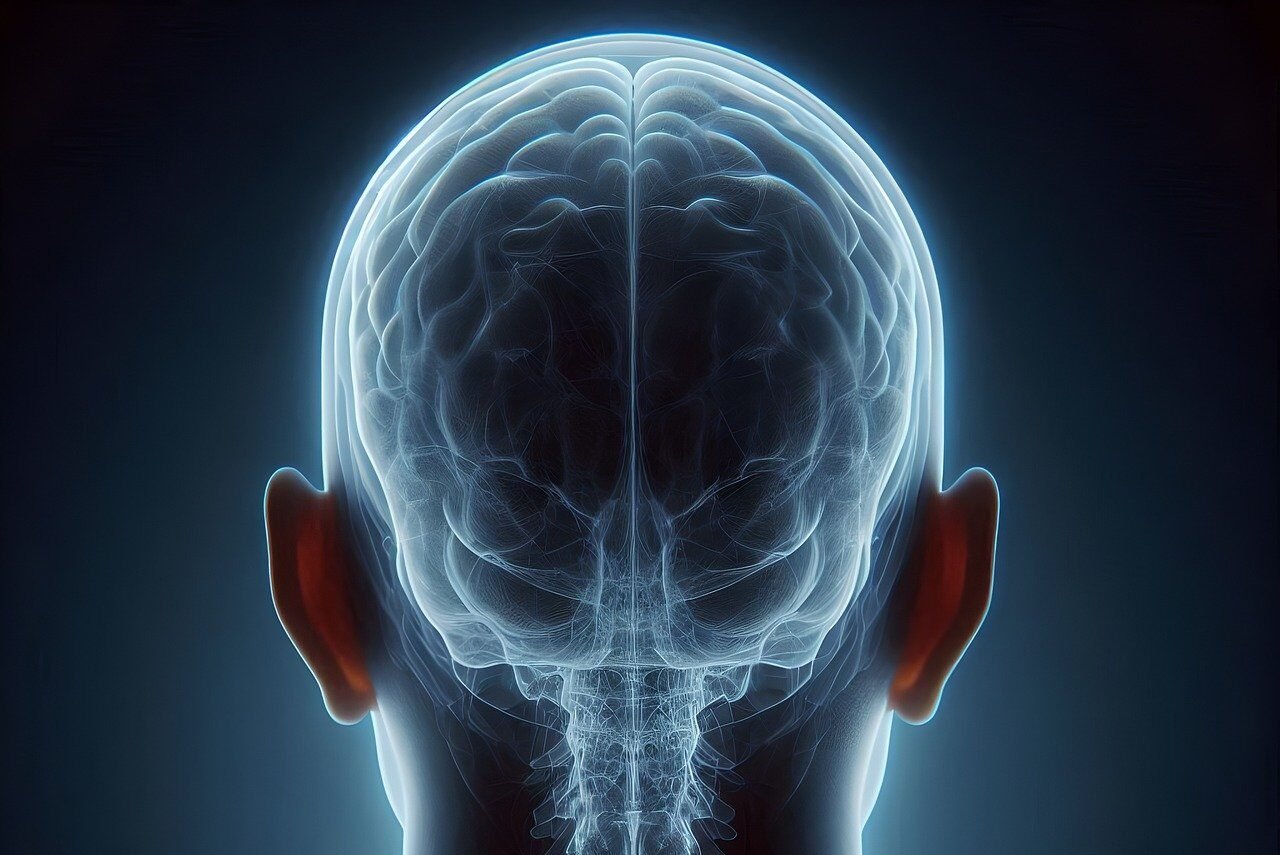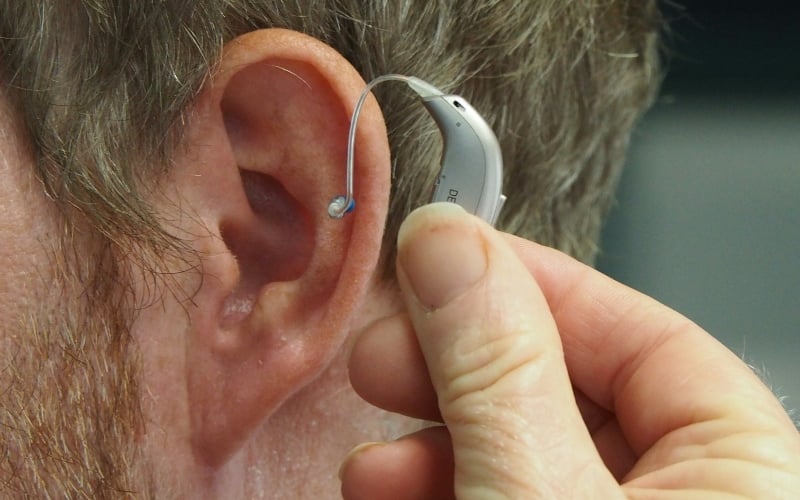Breast cancer outcomes can vary due to a variety of disparities. For example, Black women are 40% more likely to die of breast cancer than white women, while American Indian and Alaska Native women die at twice the rate of white women and are more apt to get mastectomies rather than lumpectomies at an early stage. Now, a new analysis finds that Native Hawaiians and Pacific Islanders have a lower survival rate when separated from their typical Asian American and Pacific Islanders demographic.
PHOTO: ADOBE STOCK / KARRASTOCKWhen early-stage breast cancer outcomes are studied, all Asian groups and Pacific Islanders are typically lumped together. Stanford radiation oncology resident Dr. Kekoa Taparra led a research team in breaking down survival statistics to see how Native Hawaiians and other Pacific Islanders (NHPIs) fared outside of the broader group. According to the findings, published in JCO Oncology Practice, while the early-stage survival rate of Asian Americans was 91%, the figure fell to 83% for NHPIs.
Dr. Taparra says, “Aggregating this data is masking a significant disparity in health outcomes in Pacific Islanders. Asian Americans are not a monolithic group. If we continue to say that Asian Americans with breast cancer tend to have superior outcomes, we are ignoring stark differences in culture, geography, traditions and comorbidities between the individual populations in that cohort.”
To gauge the outcomes among each demographic contained within this broader AAPI grouping, the team looked at data from nearly 580,000 patients with early-stage breast cancer. This included those diagnosed between stages 0 and 2 who had a mastectomy or lumpectomy, followed by radiation with or without chemotherapy. Of this grouping, 559,784 were non-Hispanic white, 8,004 were East Asian, 3,650 were South Asian, 5,928 were Southeast Asian, and 1,561 were NHPI. The team compared survival outcomes and time between surgery and radiation among each group.
 PHOTO: ADOBE STOCK / PROSTOCK-STUDIO
PHOTO: ADOBE STOCK / PROSTOCK-STUDIO The 10-year survival rate was 92% for East Asians, 90% for South and Southeast Asians, and 83% for NHPIs. The time between surgery and radiation ranged from 68 days for East Asians to 81 days for NHPIs. Southeast Asians had a time frame of 77 days, while it was 80 days for South Asians. For comparison, the average time for non-Hispanic white patients was 64 days. Longer stretches have been linked with worse outcomes.
Dr. Taparra says, “This calls into question why these disparities exist and whether there is equitable delivery of cancer care across these populations. As a cancer physician trainee and as a Native Hawaiian, I’ve seen firsthand how different health outcomes are among racial and ethnic groups. To address population-based health disparities we should be considering not only NHPIs, but also the other Asian American populations.
“The disparities seen among the populations may be due to a greater prevalence of existing comorbidities such as obesity and cardiovascular disease among Pacific Islanders, as well as problems with access to medical care and trust in the medical system.”
 PHOTO: ADOBE STOCK / GORODENKOFF
PHOTO: ADOBE STOCK / GORODENKOFF He adds that many NHPIs face barriers to care like traveling longer distances, poverty, incarceration, homelessness, and mental health challenges. He says it’s harder to identify and address disparities when all AAPI groups are lumped together in health research.
Provide Mammograms
Support those fighting Breast Cancer at The Breast Cancer Site for free! →
WhizzcoOriginal Article










